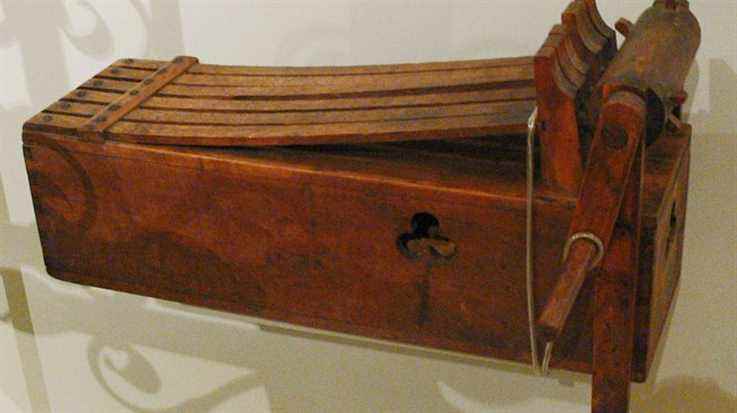Before the appearance of watches, church bells set the tempo of country life. But what to do at Easter? After the Gloria of Holy Thursday Mass, the bells and the bells enter the “schtelli Zitt”, the time of silence, which is that of the Passion, death and entombment of Christ. The bells are silent. It is as if time no longer exists.
Finally, all is not just silence. To punctuate the day, tradition has it that the young boys walk around in two lines with noisy rattles, often at 6am, noon and 6pm. And believe me, it wakes you up!
There are two types of rattles: those that work with a small central hammer that strikes the board on either side of the central axis: they are named according to the places: Klipp-klàpp, Klapper, Spalacka, Spackhàmmer, Klepperi…
The others consist of a wooden toothed wheel on which one or more wooden slats bounce and resonate, which will create noise, amplified by a sound box: the Ratscha, Pochla, Bockla, Ràschpla, Rara, Schwarra, Bebelàda , Bäläpp, Ràtza, Ràppel, Schwarra, Ràfla, Garra, Riompla, Rimbel, Vaschperschall, Rasselkischta. You see, crécelle, a word in French, at least 22 in Alsatian. If that’s not wealth? And besides, even the names give the impression of making noise.
In the Pays Welche, the rattles are tarlakats, and in the Bruche valley, terettes. The tradition of rattles is still particularly alive in a number of municipalities in Alsace, but it is certainly in Kientzheim, near Kaysersberg, where you will find the most of them. These characteristic sounds will resonate until Sunday mass. Come on, I’ll give you a little for the road…
